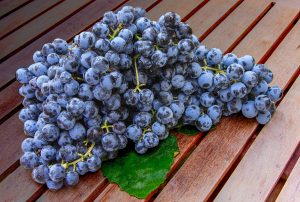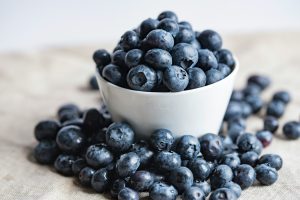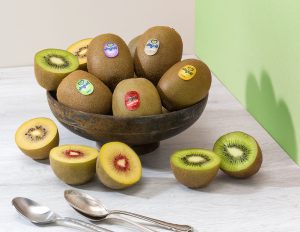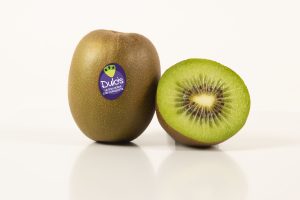The drop is attributed to climate change, the removal of certain phytosanitary products, and the uprooting of orchards.
Filipe Ribeiro, president of ANP, revealed that although the exact shortfall has not yet been quantified, the harvest is projected to be similar to last year’s, which barely reached 100,000 tons, well below normal production levels. This contrasts sharply with the ANP’s June estimate, which anticipated a production of 123,000 tons, marking a potential increase over 2023.
“The lack of cold has led to reduced flowering, and the rise in diseases linked to environmental agendas has resulted in the removal of agricultural defensives that protect crops from certain pests and diseases. This has caused an imbalance in the orchard ecosystem, negatively affecting Rocha pear production,” explained Filipe Ribeiro, president of ANP.
Producers are calling for assistance from the European Commission and the Minister of Agriculture, stressing the need for effective tools to manage production. The ANP also warned that low productivity, driven by climate change and environmental regulations, has led to an increase in imports from outside Europe, often without the same quality guarantees.
The ongoing harvest employs around 15,000 workers. Rocha pear cultivation spans over 11,000 hectares, generating more than €85 million annually for the sector. Over 60% of the production is exported to 20 countries, with Europe, Morocco, and Brazil being the top markets.
Founded in 1993, ANP represents about 90% of Rocha pear producers in Portugal. In 2003, Rocha Pears from the Oeste region were recognized by the European Commission as a Protected Designation of Origin (PDO) product























